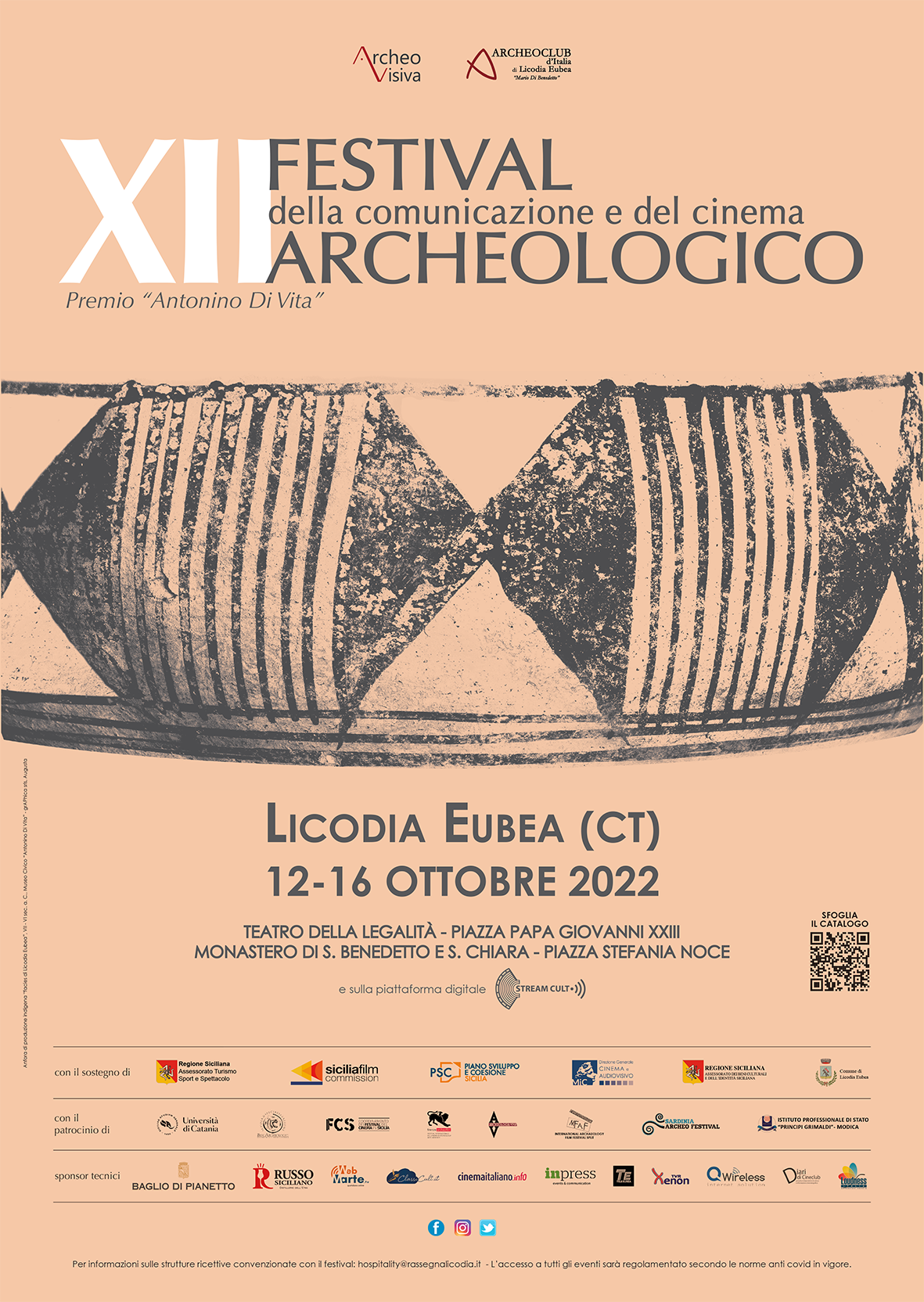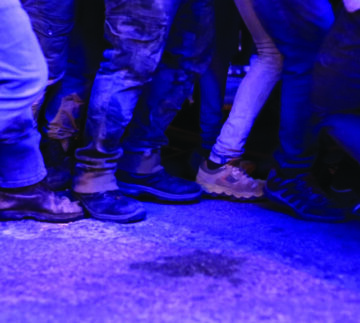
organized by


FESTIVAL DELLA COMUNICAZIONE E DEL CINEMA ARCHEOLOGICO 2022
“Festival della Comunicazione e del Cinema Archeologico” is a film festival where the Ancient World is shown through visual arts. It is held every year in October in Licodia Eubea, a Sicilian village in the heart of Hyblaean mountains.
The festival aims at attracting the interest of people about archaeology and its protagonists, and at making the Ancient world more appealing and understandable.
The event consists of four main activities:
- Showing documentaries, docu-fictions, and animation movies addressed to different audiences;
- Meetings with archaeologists, researchers, directors and film producers engaged in dissemination domain;
- Thematic photographic exhibitions and side-events to discover Licodia Eubea and its main attractions;
- The winning of three awards: “Premio Antonino di Vita” given by a scientific committee to people who worked to popularize the knowledge about cultural heritage; “Premio Archeoclub d’Italia”, given to the most appreciated documentary; “Premio ArcheoVisiva” given by an international quality jury to the best film screened.
INTERNATIONAL COMPETITION
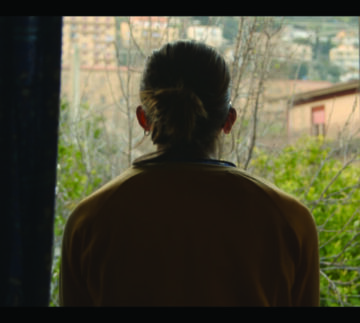
The time of the turtle
Constanza discovers in a lucid dream that the secret to time travel is to dig. So she convinces her girlfriend Claudia to take her to the island where she will drive her next archaeological campaign. A few days after departure, however, a sudden pandemic stops them in separate houses. Will the isolation prevent the two from meeting and discovering what is hidden under the ground?
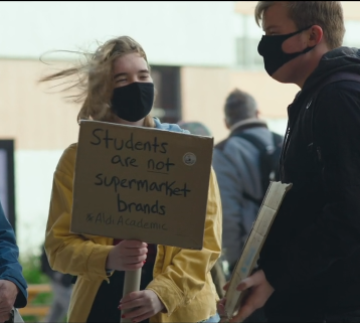
Ossatura
In the summer of 2021 the world renowned Archaeology Department at The University of Sheffield was earmarked for closure. Professor Umberto Albarella, alongside his family of colleagues and a worldwide community of supporters, is determined to fight the decision and save the department. Nearly 50,000 people from across the globe signed a petition to reverse the University’s decision with staff members and students marching on the city to make their case.
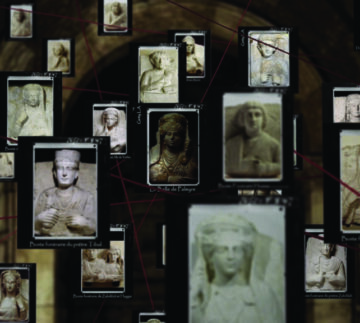
The 1001 Faces of Palmyra
Archaeologists go in search of funerary portraits of Palmyra disseminated around the world to recount the story of the ancient city in a way that has never been done before: through the faces of the city’s inhabitants.The exploration of the inner secrets of these sculptures reveals the exceptional nature of this legendary city and of its multicultural identity. A key to understanding the fascination the city has exerted for centuries lies in the fact that Palmyra has always aroused curiosity and been the source of countless powerful stories and images.
All’aria stu Gioia
There are 33 days to Easter Sunday and the inhabitants of Scicli, in Sicily, are preparing to celebrate the feast. ‘L’Uomo Vivo, il Gioia’: words that Sciclitans use to invoke the Risen Christ, a symbol now part of the community identity. It is an eighteenth-century statue, made by the sculptor Francesco Pastore. Peppe, Franco, Angelo and Claudio are four bearers of the Joy, whose friendship was born
right under the ‘Vara’.
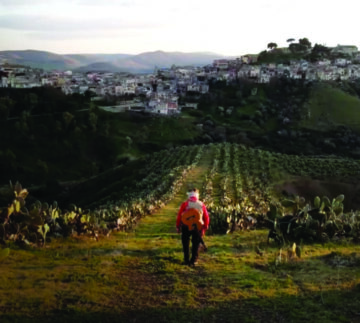
Rustican legends
Luciano Busacca, one of the last Sicilian storytellers, reaches the places of the Cavalleria Rusticana. Conquered by the suggestive valley of prickly pears and by the ancient buildings set among the hills, it descends to the Cunziria. Between silence and the sounds of nature, he tells of the secret love between Turiddu and Lola, Santuzza’s jealousy and Alfio’s dishonor. This is how he imagines the various moments of the story that melt and move him, in that authentic representation of strong Sicilianity.
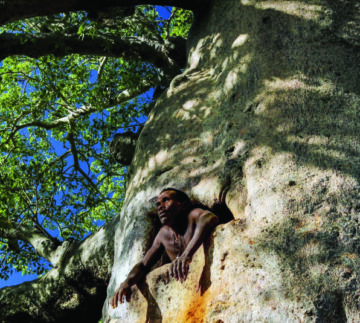
Mamody, the last baobab digger
In the southwest of Madagascar, the Mahafaly plateau is an extremely arid land. Here, the rains fall only a few times a year. In these very difficult living conditions, the inhabitants of the small village of Ampotaka found a unique solution to store water.
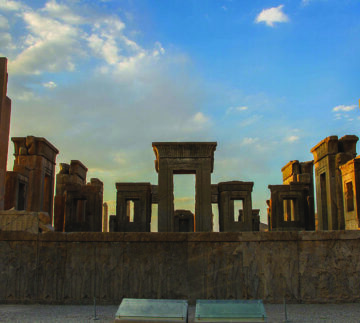
Persepolis – Chicago
The documentary tells of the adventures of fragments of Achaemenid tablets dating back to about ninety years ago, when archaeologists from the University of Chicago came to Iran to repair and study the inscriptions on some of these tablets. The tablets were loaned to Chicago for study and reading. Over the years, they have managed to collect data on the empire of Persian origin, but after eighty years the tablets have not yet been returned home!
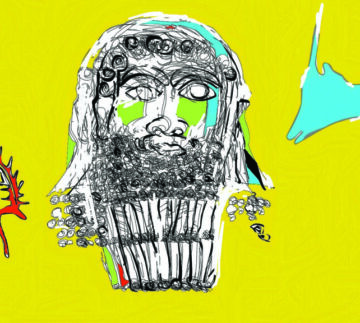
Gilgamesh
Gilgamesh is the oldest epic and literary work in the world. The oldest written part of it dates back to the second millennium BC, but its history dates back to three thousand years BC. Gilgamesh, the famous hero of Uruk, a city in the land of the Sumerians in Mesopotamia, who has a semi-divine-semi-human character, strives for immortality for a lifetime and fails many times, but eventually finds a plant that immortalizes him. But the snake steals the plant from him.
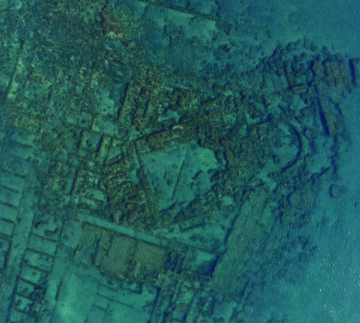
Baia, the sunken city
A special journey to discover Baia, the center of the ‘dolce vita’ of the ancient world – now submerged – through an exclusive access to the underwater restoration campaign. The documentary is made thanks to the synergy with the Central Institute for Restoration, the Phlegraean Fields Archaeological Park and CNR. The underwater shots document the intervention of the multidisciplinary team of technicians, scientists and researchers who are entrusted with the arduous task of preserving, through pioneering techniques, the finds kept at the bottom of the sea.
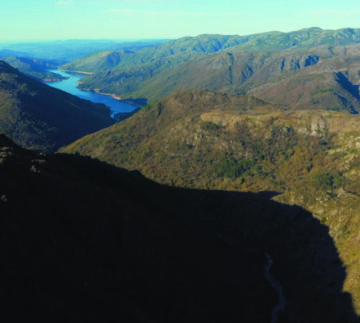
The Roman route of Serra do Geres
A journey through one of the most emblematic places in Serra do Gerês, Mata da Albergaria. Classified as a Gerês-Xurés Transfrontier Biosphere Reserve in May 2009 by Unesco, this forest represents one of the most important protected areas of the Portuguese natural and cultural heritage, anchored in the Roman way of Geira, which was built during the 1st century, connecting Braga to the current city of Astorga, that today is considered the section of the Roman Empire best-preserved.
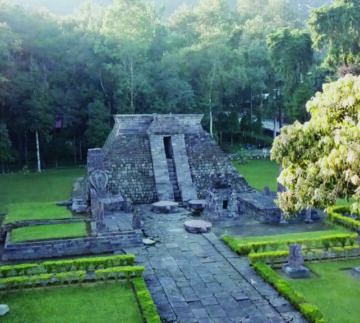
The Temples on the Hills
In Central Java, Indonesia, there are hundreds of temples. A few of them are located on the slopes of the mountains, which have uniqueness and beauty that is inevitable. Temples are a priceless part of our history. Temples are evidence that our ancestors, thousands of years ago, had a high civilization. Most of the temples that had been destroyed gradually began to be rebuilt by the Government.
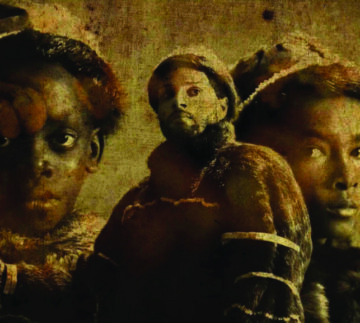
Prehistoric Ladies and Princes
The exceptional burials of the Paleolithic remain very poorly known by the large public. Of great beauty, they also raise an essential question: who were these individuals buried with so much care and adornment: shamans? Chiefs? Or common individuals with a taste for ornamentation? All these tracks will be explored to better understand one of these exceptional burials: that of the Lady of Cavillon, found in the North of Italy, which will serve us as a thread throughout this investigation.
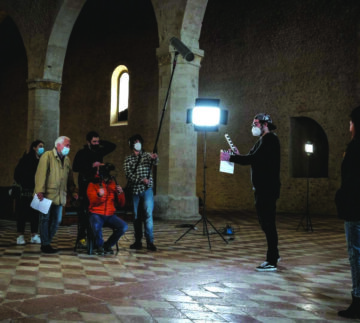
The Sign of Forgiveness
Ten years after her baptism, a little girl returns to the recently restored Basilica of Collemaggio, discovering the deep bond of L’Aquila with Celestino V and the feast of Celestinian Forgiveness.
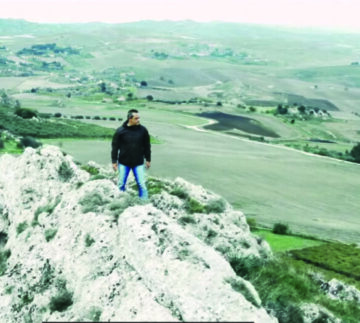
Confini – visual poem
The short film tells of a dreamlike journey as an inner journey and discovery of ancient places linked to Sicilian archaeo-astronomy and man’s search for a boundary between earth and sky. A story set among the most evocative astronomical archaeological sites in Sicily: Argimusco of Montalbano Elicona (Me), Muculufa in Butera (Cl) and Grottarossa in Serradifalco (Cl) with the Gabbara wood in San Cataldo, the Montedoro Astronomical Observatory and the coast of Marina di Butera that make it a scenic setting.
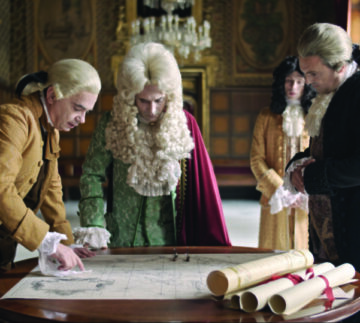
The fleet of the Indies
The discovery of America influenced those two continents that had remained separata and completely absent between each other. Although the true connection will require several centurias to be effective and above all. lt will need a special connection to make it possible. That connection will be the lndian Fleets, one of the most successful naval systems in history, which with its constant navigation for more than two centurias, will end up transforming the New World and initiating the process of world globalization.
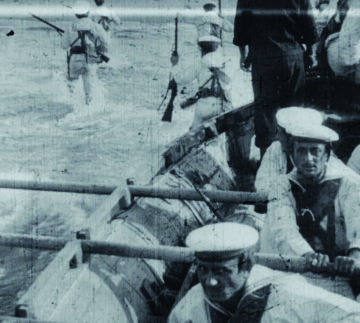
Land of the Fathers
10s of the Twentieth century. A journey by sea and by land is punctuated by alternating rhyming verses. These are the poems of Fadil Hasin Ash-Shalmani that add a piece to a little documented historical fact: the deportation of numerous civilians in the first years of Italian occupation in Libya. Entirely made with archival material, the short film follows the poet’s experiences and memories, subverting the original propaganda function of the images.
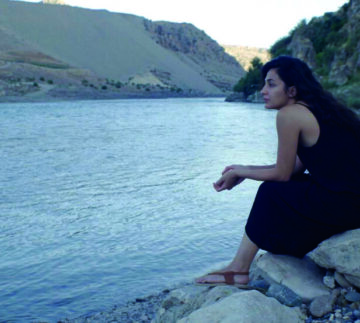
Traces ‘’Boncuklu Tarla’’
In Ilısu village of Dargeçit, Mardin (in the southeast of Turkey) by the Tigris River, the villagers discovered beads from ancient times – made of stone – in an area. During the excavations, a 4,000-year-old life from 13,000 years ago was discovered in that area covering three hectares. Traces, which centers on Boncuklu Tarla, seeks life and people in the light of the findings. This movie, in docudrama format, plumbs the depths of the human spirit in every archeological find.
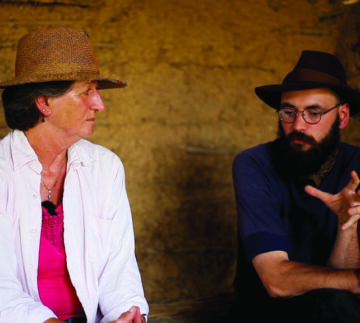
Quest for Vinca
Vinca’s research is a journey of discovery to understand the roots of European culture and development during the Neolithic period. From England to Serbia, Benjamin Elliott brings together fragments of the past, visiting archaeological sites and interviewing some of the most important academics in Great Britain and Serbia. Quest for Vinca discovers the foundations of our modern world, offering an alternative narrative to the history of human progress.
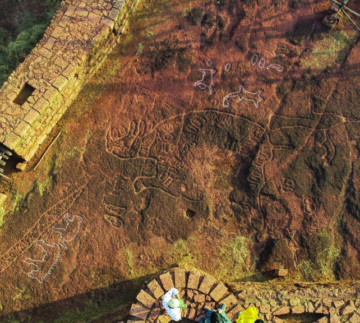
Katalshilpa
A petroglyph is an image created by removing a part of a rocky surface, as a form of rock art. The film tells the story of the petroglyphs of Konkan and the processes started after the discovery of these sites with the collection of documentation. The petroglyphs had a deep cultural and religious significance and the documentary also includes the analysis and importance of conservation, in order to achieve awareness of the wealth of local heritage among the population.
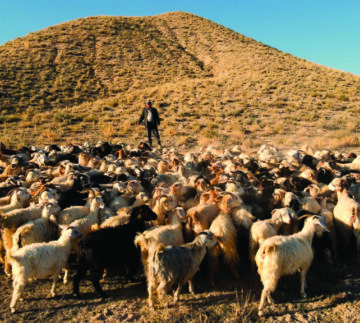
Gordion’s Shepherds
The ancient city of Gordion, in the middle of Anatolia, the cradle of civilisations, has a history that dates back to 1200 B.C. For thousands of years its inhabitants were shepherds and their herds, who left with the first lights of dawn, just as their ancestors did for millennia. The documentary tells the story of a routine that has not changed for thousands of years in and around the ancient city of Gordion.
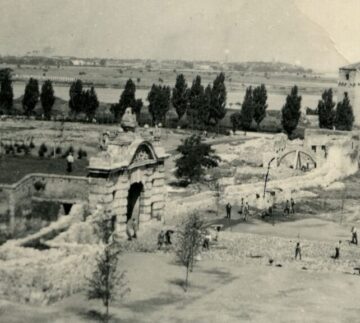
Kalemegdan under the German shovel
A short documentary on the archaeological excavations of the Belgrade fortress during the Second World War by the Nazi organization Ahnenerbe. The movie makes use of a copious archive of photos, letters and artifacts from the National Museum in Belgrade and the Museum of the city of Belgrade. By using different points of view, we tried to tell the story about the misuse of archaeology and cultural heritage for the purposes of political propaganda.
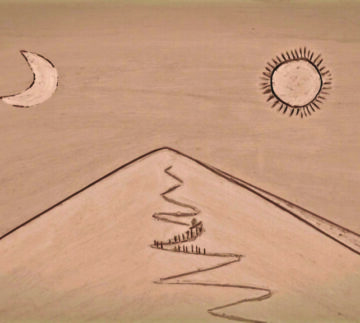
Niños de los Andes
Animated stop motion video that tells the story of the Children of the ‘Llullaillaco Volcano’, one of the highest in the Andean region. In the past children were offered to the mountain in an Inca ritual that established an order with the gods of nature. They were extracted from the top of the volcano in an expedition. Today children are exposed in a museum in Salta, in Argentina. The community of ‘El Tolar’ believes that this desecration is one of the causes of the climate disorders that are suffering.
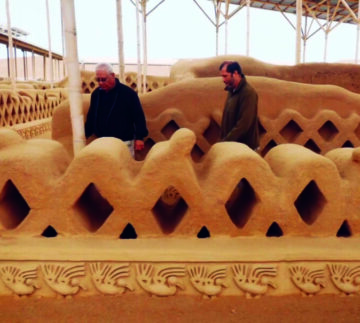
The Kingdom of Sacrificed Children
An unprecedented archeological discovery of several hundred sacrificed children and llamas has brought to light to the Kingdom of Chimor, located in present-day Northern Peru. How and why were these sacrifices carried out? Told as if a cold case, this international archeological investigation is set to reveal the mysteries of the most powerful Andean civilization prior to the Incas, one that thrived for over five centuries.
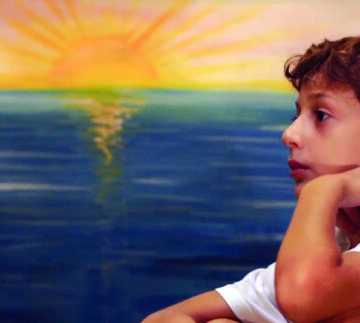
Pupus
Borgo Vecchio, Palermo: we are in the great universe of the Puppets’ Opera from the Sicilian tradition, we are in the small theater-laboratory of the Mancuso family. Carmelo, son of a master puppeteer, lives in this place full of fantasy and imagination. He plays with the verses he has heard so many times during the shows: trying to imitate the grown-up tone of his father’s voice, he gives life to the puppets with arcane dexterity. Here’s how a young man just at the beginning of a great knowledge makes
his way towards his future.
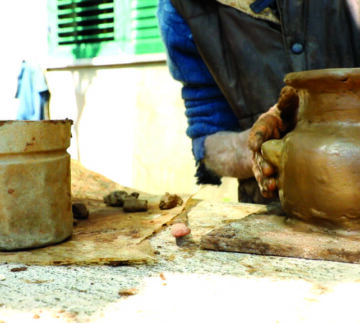
Prehistoric pottery
In Calabria on the Monte Poro, in the province of Vibo Valentia, between 1922 and 1923 the archaeologist Paolo Orsi unearthed an early Iron Age necropolis, finding more than 300 tombs with numerous sepulchral furnishings. Cosmo Rombolà, 81 years old, lives nearby. Since he was young, fascinated by this culture, he has been trying to reproduce their vessels, using the same skills of our distant ancestors.
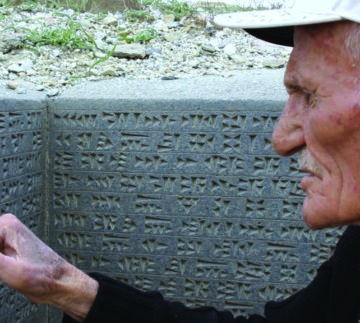
The man talking to stones
This documentary tells the story of an 80-year-old guardian who worked in a castle in Van Province, Türkiye, called Mehmet Ku man. He taught himself the Urartian cuneiform script and is one of twenty people able to read this cuneiform and the only one capable of writing it. Urartian civilization disappeared 2600 years ago, among the rubble and only with its determination and its own effort Mehmet Ku man managed to get the stones to speak..
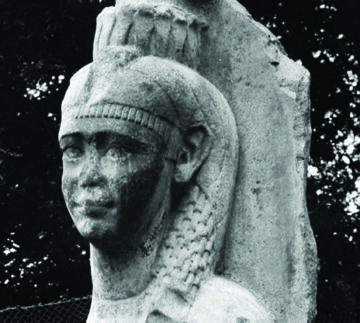
The Forgotten Temple
The Royal Museum of Mariemont in Belgium holds an exhibit that visitors finparticulary intriguing : a fragment of a colossal female statue. The director of the museum, Marie-Cécile Bruwier, has decided to launch a full-scale investigation into the mystery surrounding this piece. Where does it come from ? Can it be dated ? How did it get to Mariemont, and who does it represent? The research will take her to Alexandria in Egypt and will involve dozens of specialists. But will the enigmatic young woman of the statue give up all her secrets?
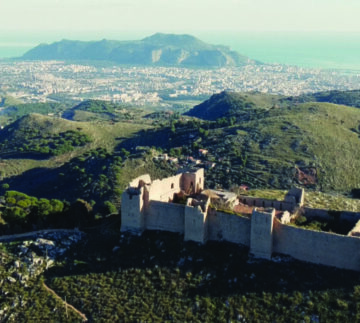
A glimpse on the border. The Gothic Line told by students
At the end of 2021, a group of students from the University of Pisa participates in the ‘Border Archeology’ educational project. A project to be inserted both in the discipline of contemporary archeology and in the anthropological one. Through the words of the boys and girls it is possible to reconstruct the ‘typical day’ experienced during the field research and the reconnaissance, the methodologies followed, the critical issues and obstacles to be faced every day, up to the reflection on the concept of border.
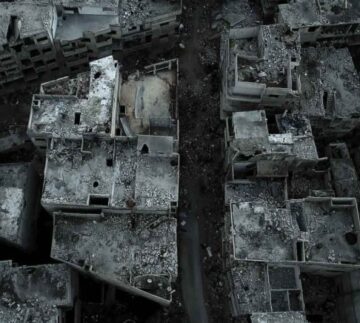
The Oath of Cyriac
As the war rages around them, a small group of archaeologists, museum curators and attendants struggle to preserve the monumental collections of antiquities at the Aleppo National Museum during the Syrian conflict. In 2015, the Museum becomes a battle front line and the risk of seeing these treasures disappearing is greater every day: how to evacuate 50,000 artifacts in a besieged city? In this race against time, nothing is guaranteed but if the museum’s collections are lost, a whole part of human history will disappear with them.
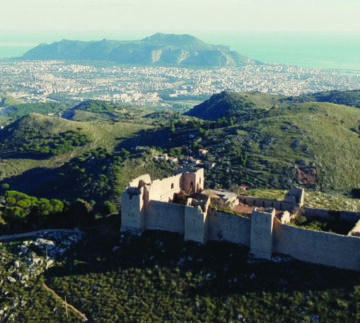
The breath of time. The Abbey of San Martino Delle Scale
The abbey of San Martino Delle Scale, on the outskirts of Palermo and in the territory of Monreale, is a treasure chest of inestimable historical-artistic treasures, of great symbolic value that testifies to the great vitality religious and cultural starting from its attested foundation in the mid-fourteenth century. A tale full of suggestions, where history, archeology, art, music, craftsmanship and faith meet in an exciting experience marriage.
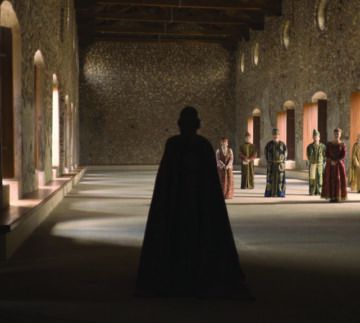
Despot’s Palace of Mystra
The Despot’s Palace is the most emblematic monument of the village of Mystras, as well as one of the very few sumptuous Byzantine complexes in present-day Greece. The project ‘Enhancement – Exhibition Tour’ of the Despot’s Palace, through a one-take shot, focuses on the people of the building, in search of the traces of their presence. Visitors become the protagonists of the story, ‘look’ at the signs of the people who have lived there, follow in their footsteps and immerse themselves in the atmosphere of the time..
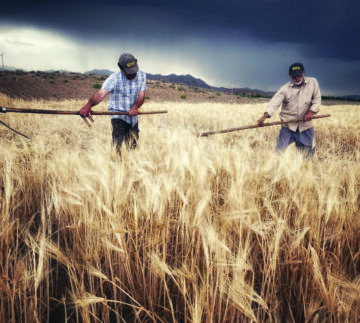
Surviving Fortress
Morteza sells all his property in the city and buys an old castle in the edge of desert connected to hectares of land which has been abandoned for years and has not been cultivated. There are also thousands of hectares of semi-arid pasture and an ancient irrigation system in ruins. Gradually, Morteza, with the help of his wife and his sons, rehabilitated the aqueduct and prepared the ground for cultivation. For thirty years he has been thinking of nothing but the farm and the little water from the aqueduct for irrigation.
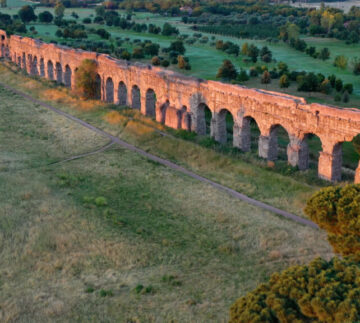
The Aniene and its giants
From the sources of the Aniene on the Simbruini Mountains to Rome, the story of the Roman aqueducts, following the path of the archaeologist Thomas Asbj. A journey through the naturalistic beauties and the works of Roman engineering that have come down to our days.
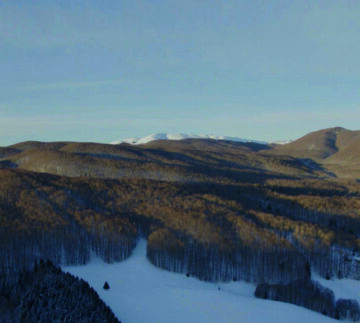
The gold of Venice
There is a story that few know, about the relationship between the Republic of Venice and its land possessions. It is above all the need to stock up on timber that pushed the Serenissima to expand inland during the XVI and the XVII century. And it is the great challenge with the Ottoman Empire for supremacy over the Mediterranean that feeds this need. In the Venetian, Friulian and Istrian woods, Venice could find the best wood, the essential raw material to build the warships it needed.
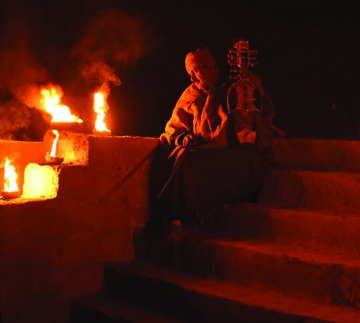
The Burnt City
The film depicts the wonderful city of Shahre Sukhte (The Burnt City) in Zabol in Iran, which was home to one of the highest civilizations at the dawn of history lasting for over 1400 years. In this city was no leadership. The government was administered by a group that was matriarchal, the power was in the hands of women. It may be for this reason that in Shahre Sukhte we witness no trace of violence and war in this city. Something that the world today desperately needs.
KIDS AND ARCHEOLOGY
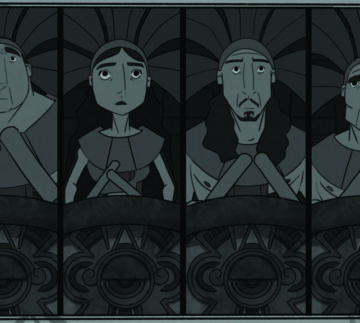
We’re still dancing
A group of prehispanic dancers perform on an ancient city when an unknown force invades, destroying everything and everyone on its way. Leaving nothing… but tradition prevails.
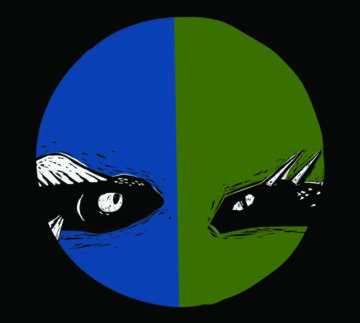
TREN-TREN y KAY-KAY – Mapuche cosmogonic myth
In this Mapuche myth, the powerful serpents Tren-Tren and Kai-Kai, daughters of the pillanes, protect the earth, highlighting the destructive relationship between human beings and environment. This short film is part of the movie “Namunmu Zomo – Mujer de pie” about the life of Luisa Calcumil.
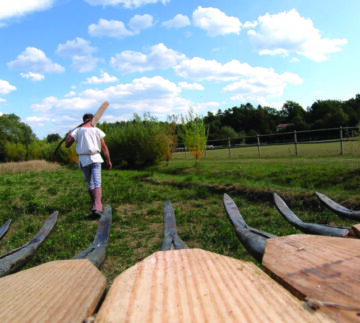
Vallus, the teeth of the earth
The Gallo-Roman reaper, or vallus, is an amazing agricultural instrument that has been reconstructed and tested for over 20 years at the archaeological site of Malagne, the Archeoparc of Rochefort (Belgium). Requiring the use of a draught animal the maneuver needs a technical know-how acquired during many years of experimentation on the field. The vallus is a source of fascination for the public, but this mower has not finished revealing all its secrets.
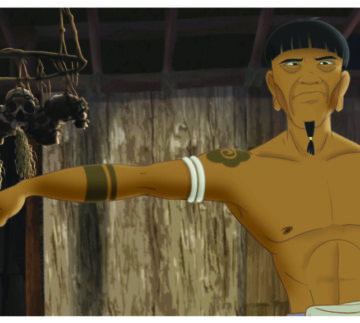
The Pillar Of Strength
The Pillar of Strength tells about the people in the Borneo archipelago who believe in the God of War. Rentap is the son of an Iban tribal warrior, firmly tied to the beliefs of his ancestors. During a hunting accident in the jungle, he received encouragement from the god Sengalang Burong who helped him identify his origins and led him to take responsibility for an Iban child, according to the slogan ‘Agi Idup, Agi Ngelaban’.
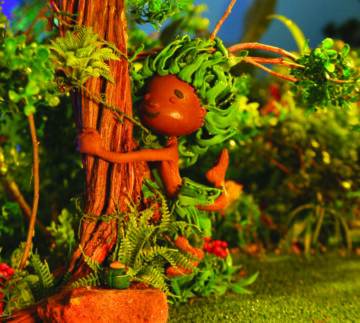
Òsányín’s Ewé: the secret of the leaves
A child is born with leaves on its body and her mother seeks healing. At school, however, the other children discriminate against her and she runs away to the forest! In the Caatinga, she meets enchanted beings of indigenous and black traditions and walks on an adventure of self-knowledge. Her search takes her to Òsányìn, the Orisà of the leaves, which presents the power of plants and the importance of environmental preservation.
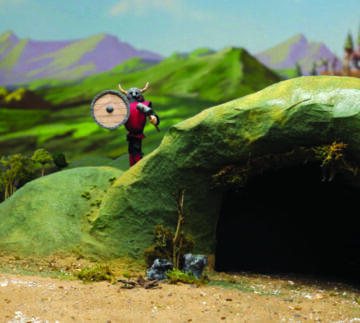
Wawel Dragon
An award winning adaptation of a classic Polish folktale, rich in history, culture and magic told with an epic cinematic lens and stunning animation puppetry!

